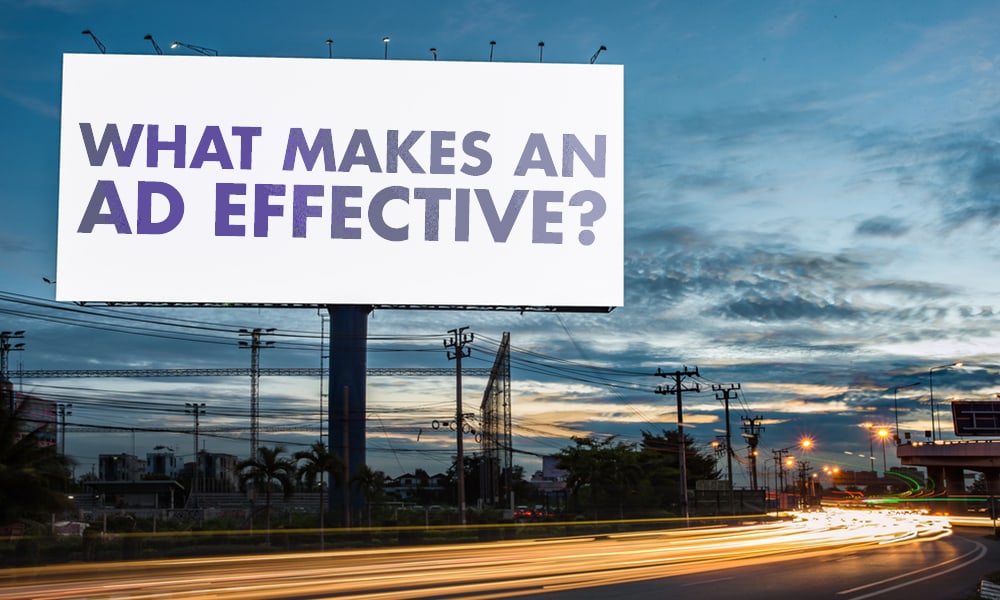Metrics for measuring and building advertising campaign effectiveness
Research has and always will play a critical role in effective advertising. From underpinning strategies to enhance definition of the target market(s), opportunities to differentiate, optimal messaging, pre-testing advertising concepts, identifying enhancements and monitoring campaign impact, success, failures and lessons for the future. Research provides vital unbiased and robust strategic insig
Research plays a role in three key steps in the advertising
1: Illumination: For inspiration and guidance.
Getting the foundation right from the start is essential to strategy success. Who is the consumer? What drives them? They are not simplistic morons.
This is the mission critical role of research to support advertising. Much advertising is built more so on misguided gut feel or ‘a divine bolt of lightening from the Gods’ and hence too often lacks any any notable measurable impact. Research allows strategies to be based on a solid foundation – a wrong that needs to be made right and/or critical strategic insight to leverage.
“This all starts with a solid evidence based story about real people incorporating analytical and intuitive thinking.” More in previous article ‘How to create evidence based stories about real people’
This includes surveys based on other quantitative and qualitative research approaches to best understand consumers and target audiences.
“Professional researchers employ strict survey methodological standards, and combine these with a variety of other small and big data and analysis to more accurately and deeply identify patterns, trends and strategic opportunities.” More in previous article ‘How to explore people beyond surveys’
Research provides tools to map a market in order to define current positioning of competing brands, uncontested space and opportunities to differentiate and grow.
“A further common method of mapping brand positioning and the level of category differentiation, is using analysis such as correspondence analysis, an advanced multi-variant statistical technique. A simple explanation is that when applied to brands, correspondence analysis visually plots image attributes (e.g. good value, best quality, innovative, fun, convenient to buy etc) and competing category brands.” More in previous article ‘How to measure brand value’
Research also offers approaches such as cluster analysis to allow for the segmenting of markets to support targeting. This may includes providing an evidence base as to drivers, motivations and barriers worth addressing in advertising to the total market or niche segments defined through research.
“What are the consistent truths irrespective of market segment, and may be valuable in a broader market message, and how can high potential niche segments be optimally targeted and revenue maximised? How do differing segments currently perceive the market competitors differentiate? What is the optimal target market for the advertising and media strategy?” More in previous article ‘How to segment a market (beyond assumption)’
2: Testing: For confidence, direction and polishing
Challenge the status quo with more than blind faith. Consumers will tell it as it is. Is the strategy likely to be successful or a dud? What needs to be done to increase the ‘BANG.’ Research provides permission to be brave and reality of the challenges ahead.
Pre-testing of advertising concepts (prior to investing in the full cost of production) is valuable to gain consumer insights into the likely response to potential campaigns. This may be to prempt the emotional response, message take-out and potential impact, as well as to identify opportunities for refinement such as brand visibility, images, copy et cetera.
Testing is also conducted to identify wear-out of current campaigns, and the need for evolution, or when it is too early for change. Also valuable in such testing is strategic guidance as to which of a selection of new concepts are likely to have low, moderate and higher impact. This can be valuable in overcoming nervousness of management in selecting a bold campaign that may seem unconventional and risky, yet will support a clear message and strategy.
Research approaches used can include quantitive and qualitative approaches. Surveys can provide an efficient method to measure the appeal, relevance, message take-out and other key measures of campaign concepts amongst a large sample of the target audience. This is increasingly conducted online, which allows for visual prompting of story boards of concepts, or alternatively concepts can be tested via face-to-face surveys typically at a higher cost per interview due to the need for interviewers.
A questionnaire of 5–10 minutes and a sample of 100 people plus is typically used to measure key indicators, and campaign performance. These may be consistent over time when measuring concepts for the brand, in order to allow for benchmarking, or the calculation of a performance index or score (e.g. based on a composite of questions to form a score out of 100, to compare campaigns).
Alternatively, and often preferred for concept testing advertising, is using focus groups and other qualitative research approaches such as in-depth interviews. For focus groups around 6–8 people in each of 2–8+ focus groups. The number of focus groups typically depends on the key target audiences needing to be compared. Optimally, two focus groups are conducted per segment to ensure feedback is consistent. However, this is not always adhered, particularly with budget and timing constraints.
Concept testing focus groups are typically conducted over 60–90 minute by an experienced research group moderator to gauge the response to each concept, one at a time, both from an individual and group perspective. Care should be taken to not bias the feedback such as through overt prompting on the topic and brand prior to revealing the concepts. Structuring the focus group guide with care is also important. This is likely to include allowing individual participants to consider their own reponse to a concept (e.g. using a worksheet) prior to opening up the group discussion, as people can be influenced by the views of others in the group if not moderated with care.
Focus group flow may be as follows …
- Introduction
- Moderator presents concepts (one at a time, usually 2–4 to avoid cluttering the discussion and allow deeper discussion)
- Participants complete workshop recording individual response
- Open moderated discussion for each concept of facts such as overall impression; message take-out; appeal; believability; emotional impact; behavioural impact; perceived target audience; likes; dislikes; priorities.
- Strongest and weakest concept and discussion of rationale
- Discussion of support materials, how to increase impact et cetera
- Other key issues / priorities
Clients typically observe discussions via CCTV in a viewing room, which allows the moderator to feed in additional lines of enquiry at the end, and to discuss implications from the research and how they fit with the wider strategy. A report is prepared highlighting unbiased feedback and advice on the response to each concept, the overall campaign, priorities and insights to support the case and how to maximise the impact. Which is the optimal direction to increase effectiveness?
3: Monitoring: Of impact and opportunities
Defining the key performance indicators from the start, information collection and assessment. What’s working and what’s not? Is it time to evolve or revolutionise?
Research is also important in monitoring campaign performance and identifying opportunities to increase the impact. Conducting measures pre, mid and post-campaign, or ideally on a more on-going basis offers measures of performance in short, medium and longer term, as well as identifying potential refinements in messaging, media strategy to enhance impact. Combining surveys with other quantitative data such as sales, website data and inquiries, as well as media strategy analysis allows for measurement of effectiveness and opportunities for refinement.
“Survey monitoring of campaign impact pre, mid and post-campaign (and ideally on-going) remain standard for strategic marketers. They allow for an understanding of overall population and/or market changes to be measured and tracked over time. Is the overall marketing strategy having a sustained impact, or it it just short term to a limited audience of the total population? Which media is working and which is not?” More in previous article ‘How to measure marketing effectiveness’
…
Impactful advertising starts with an ‘insight.’ Be it a spark of creative genius written on a napkin or inspired by deep exploration of the category and its consumers. The best insight is found at the intersect between intuitive thinking and analytical thinking, and the optimal way to find this sweet spot and to create the platform to build, test and monitor effective advertising is using professional market research.




